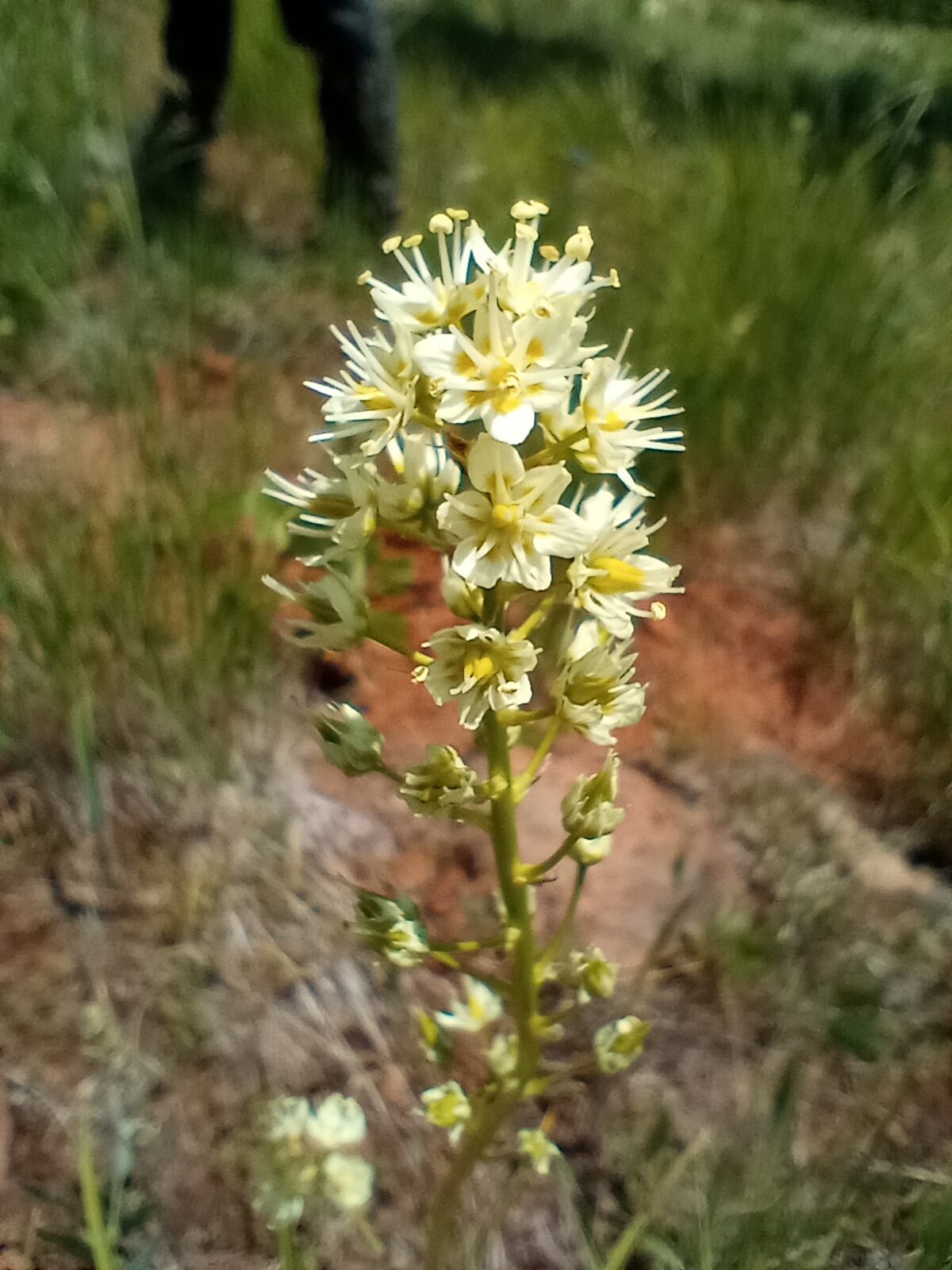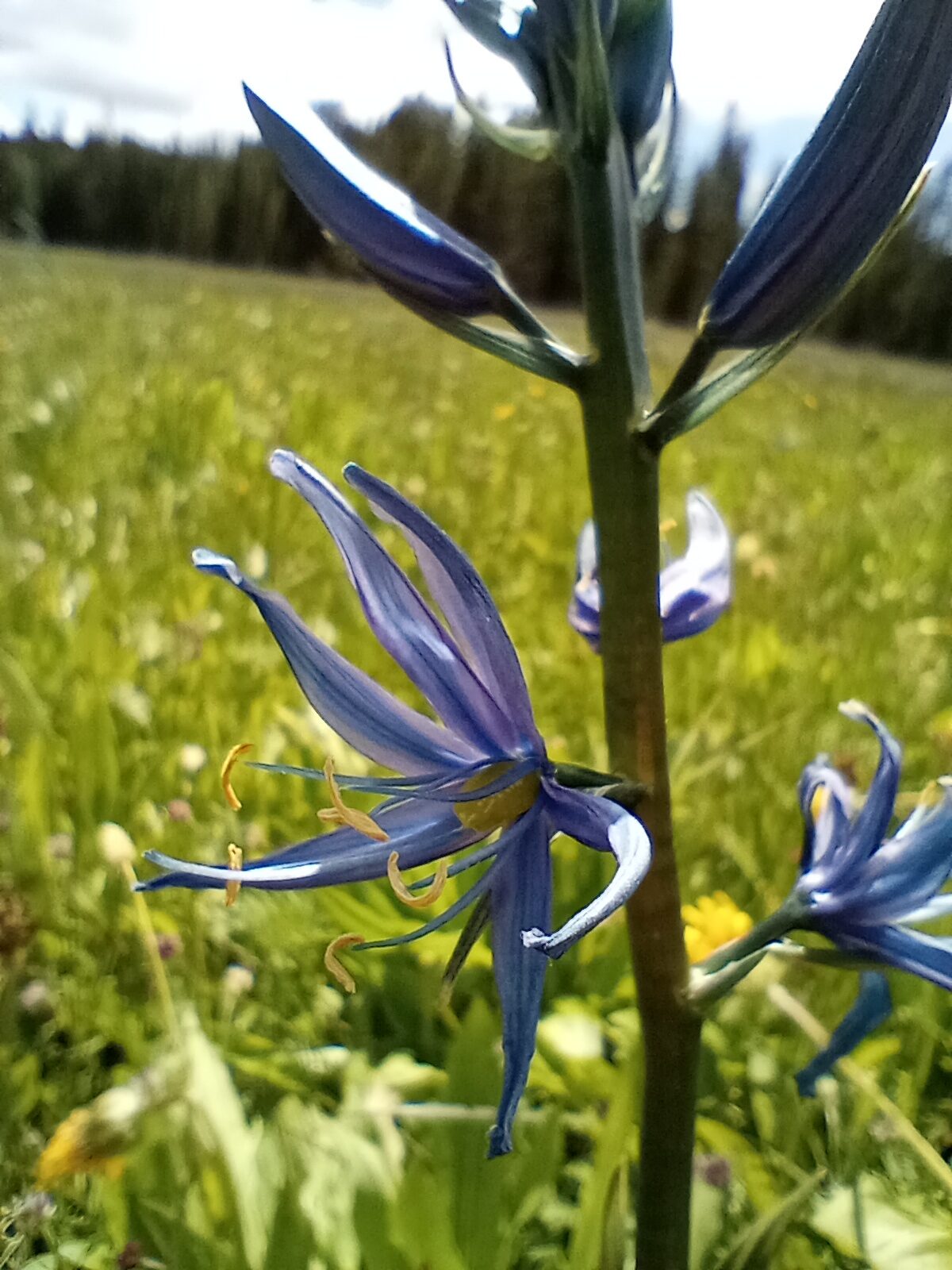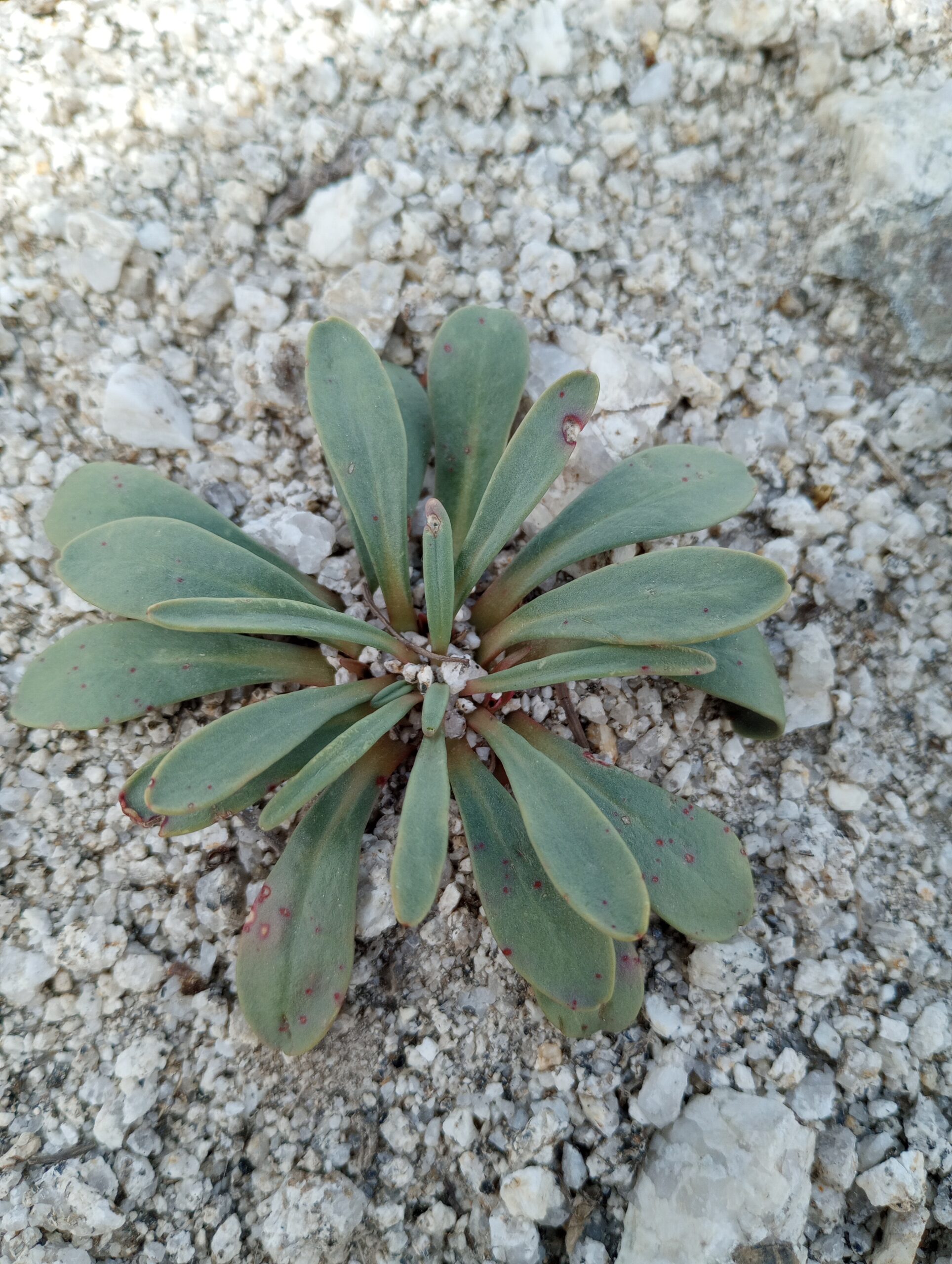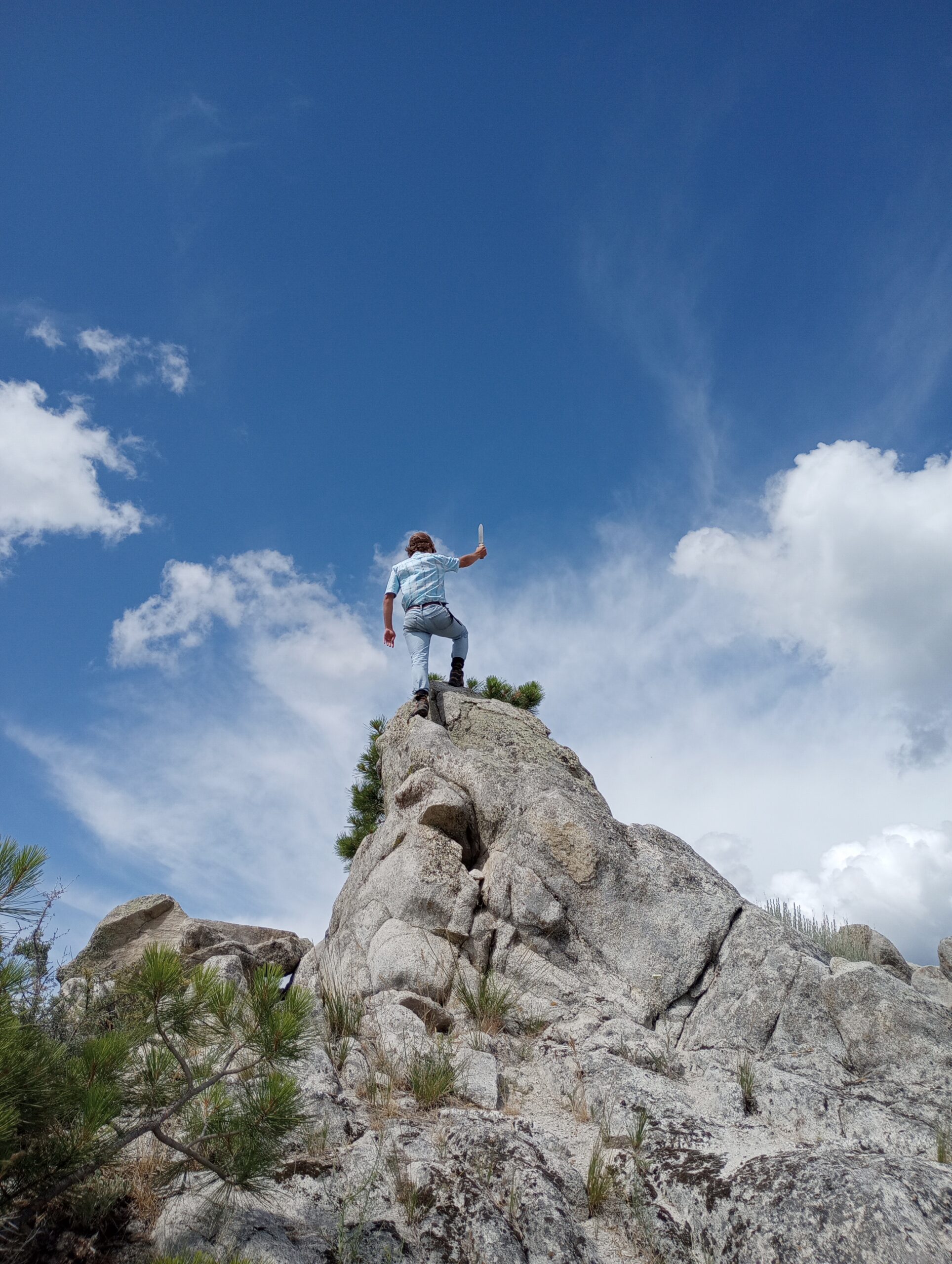My boss’s cubicle has a quote hung on the wall from Enrico Fermi, the Nobel-winning physicist, when he once had a student ask him to recall the name of a particular subatomic particle. “Young man,” the professor replied, “if I could remember the names of all these particles, I would be a botanist.” In my first month since moving to Idaho from Pennsylvania, I have learned just how true that statement was. There has certainly been a bit of a learning curve to adapting to a whole new set of plants, most of which I had never seen before. Botanizing in a new part of the country is a bit like sticking a firehose of information in your mouth – open the valve and just try to swallow everything you can. What was this death camas plant that everyone was trying to get rid of? And why would anyone ever eat common camas, which looks almost exactly the same until it flowers?


But there have been a few important things that softened the landing a little and made botany in Idaho a little less intimidating. The first was realizing just how many Western plants have close relatives in the East, plants that I was already quite familiar with. I’ve never seen Galium aparine or Trillium ovatum before, but the other species in those genera are quite common in Pennsylvania. It’s also been very helpful to work with a crew of Westerners who know what grows here and to have the colossal Flora of the Pacific Northwest to walk me through. And wouldn’t you believe, the born-and-raised Idahoans are just as unfamiliar with Pennsylvanian plants as I was with theirs. I’ve learned dozens and dozens of plants so far and more are sure to come.
We’ve scouted for many types of wildflowers so far and learned the trials and tribulations of keying out huge genera like Eriogonum (wild buckwheat) or Erigeron (fleabane). Staring through a microscope to piece apart minute details of a specimen can be exhausting, but it’s incredible to realize just how much diversity there is among the plants of the Rocky Mountains. I have a special passion for botanical Latin, and I’ve spent many an evening by our campfire reading through our flora to learn the fascinating history of why plants were given the names they were – either for famous scientists, ancient medicinal uses, or an author’s one-year-old daughter in one special case. We’ve had the opportunity to hike many a mile in search of rare mosses and onions, and seen a great diversity of other plants and flowers along the way (not to mention an incredible hike).

But life, just like botany, is a mosaic of little pieces that may look disjointed, but when you find the little similarities, they fit together into an extraordinary picture. When I first moved here, Idaho seemed like a whole puzzle of disassembled pieces – I dropped my dad off at the airport after our road trip and immediately found that every hotel in Boise was fully booked for a Luke Combs concert. I drove an hour out of town to find a room, and the only thing keeping me together was getting a surprise call from my old college roommate. How was I ever going to survive here?
But what a place Idaho has turned out to be since then! The forests and the fishing are incomparable, and I have met more than one person with surprising connections – the Mennonite grocers from my state, another Penn State Agriculture graduate, and many others. And imagine my surprise when I learned that my roommate, a wildlife biologist from North Carolina, was my fifth cousin! Idaho is still a bit of a puzzle, but sure enough, the pieces are starting to come together.
Welcome to the jungle, it gets better here every day.

